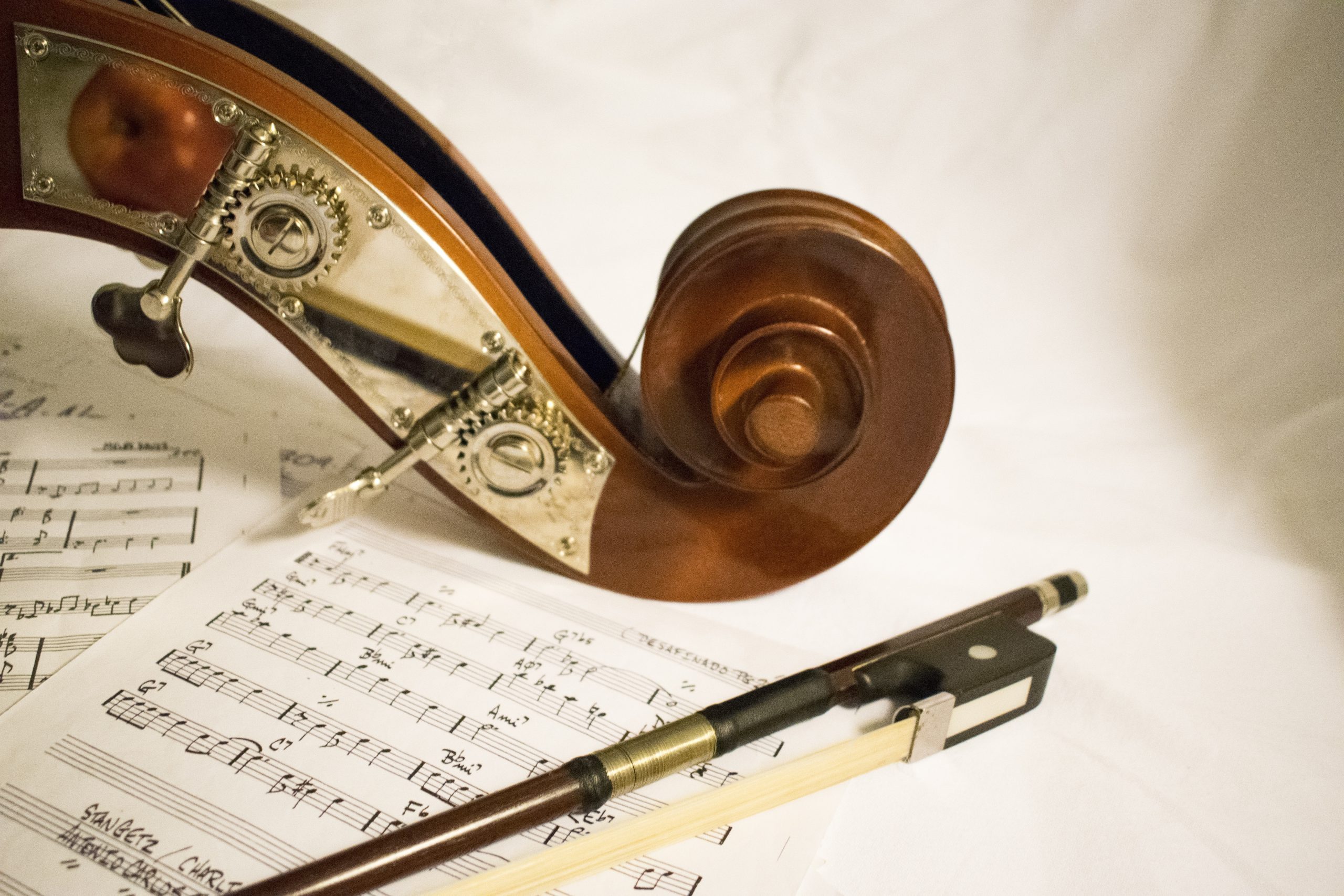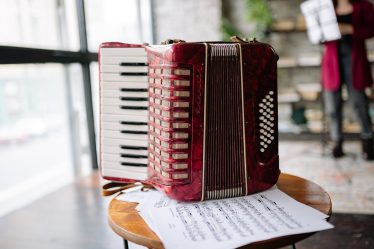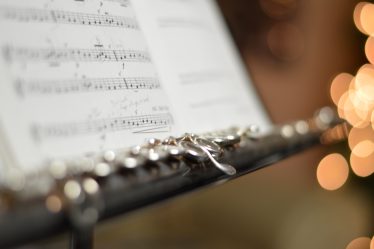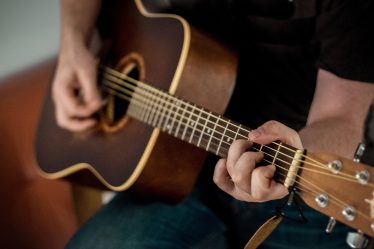
Learning to Play the Violin: A Step-by-Step Beginner’s Guide
Being able to play the violin is an exceptional and impressive skill, but it does take a dedicated amount of time, practice, and patience to learn. Whether you’re a complete beginner or have some experience with other instruments, this guide will provide the information you need to get started on your journey with the violin. From finding the right instrument and teacher or tutor, to developing your technique and making progress, we’ll cover the basics of violin playing and give you all the information you need to get started.
“A table, a chair, a bowl of fruit and a violin; what else does a man need to be happy?”
– Albert Einstein
How to Find a Qualified Teacher and Budget for Lessons
When you’re first thinking about learning to play the violin, you might be wondering when the best age and time is to start learning. The answer to this is that it’s largely a matter of personal preference and willingness to dedicate the time and focus that is needed. However, as a rule of thumb, because this particular instrument is quite delicate and requires a certain amount of fine motor skills, it is recommended that children should be at least 6 years old before they independently handle a violin.
For adults who are interested in learning to play the violin, the best time to start is now – it is never too late to learn new skills, and the sooner you get started, the soon you’ll get to experience the sense of accomplishment that comes with advancing your skills. Age is not a barrier to learning any musical instrument and there’s no upper limit for learning to play the violin. With motivation and dedication to practice regularly, adults can just as well make progress and experience the joy of playing the violin.
As you start your journey with the violin, it is essential to find the right teacher for you. A good teacher should be able to understand your needs and provide you with the right guidance and support throughout your learning process. Therefore, it is important to find a teacher who is not only experienced in teaching students of your skill level, but who also understands your learning style and are able to adapt their teaching methods to suit your needs and give you personalized instruction. They should be able to give you feedback in a way that motivates you and keeps you on track, correct any mistakes in your technique, and help you set goals for your practice.
A good teacher or tutor will also be able to provide guidance on repertoire and introduce you to different styles of music. This will help you develop your musical taste and explore the full potential of the violin. They should also be able to help you understand basic music theory and teach you how to read sheet music, if this is something you wish to do.
If you’re aspiring to eventually play the violin professionally, having a teacher that is well connected in the local music scene, can also open opportunities for you to perform and collaborate with other musicians.
Where do I find a good violin teacher or tutor?
When searching for a violin teacher or tutor, it can be helpful to ask for referrals from people you know who have had violin lessons or to use online platforms to search for instructors in your local area. Online teaching platforms can also be a great way to find a teacher, regardless of your location. Taking violin lessons online allows for more flexibility and the ability to learn at your own pace from the convenience of your home. To make sure you are finding the right match for your needs and preferences, be sure to ask about the teaching method, experience, and qualifications of any potential teachers you interview.
If you wish to find in-person violin classes, teachers or tutors close to where you live, you might also find these online – some learning platforms will offer a search option where you can look up local offers, for instance violin lessons in Copenhagen, violin classes in Aarhus, a violin tutor in Odense or a violin teacher in Aalborg.
When you’re considering a potential violin teacher or tutor, it’s important to make sure that they are the right fit for you and your needs. Here are a few questions you could consider asking:
- What is your teaching experience? How long have you been teaching violin?
- How do you approach teaching and what methods do you use to help students learn?
- Can you provide references or testimonials from previous students or their parents?
- What is your availability? How often do you offer lessons?
- What is your rate? How much do you charge for lessons and what does that include (for instance, does it include renting an instrument)? Do you offer student discount or discounted lesson-packages?
- What is your policy on cancellations?
- Are you experienced in teaching certain types of music, techniques or specific groups (e.g. children, adults, beginners)?
It’s also a good idea to have a trial lesson with the teacher to see if you are comfortable with their teaching style and if they are the right fit for you.
What do violin lessons cost?
The cost of violin lessons can vary depending on a number of factors, including the location, experience and qualifications of the teacher, and whether the lessons are in-person or online.
In general, hourly rates for private, in-person violin lessons with a professional violinist range from around 40 to 100 euros per hour. These are more expensive than online lessons or private tutoring but will also provide a strong foundation for learning and will most likely give you a steady learning curve in your practice. In some cases, you might be able to get a discounted rate if you sign up for longer-term lesson packages, or there could be lower prices for students if you qualify for that. Ask your instructor if their website doesn’t display different payment options.
Online violin lessons, or violin practise with a tutor, can often be more affordable than professional violin classes, with prices ranging from around 20 to 80 euros per hour. The benefit of using a tutor or learning online is that it allows you the flexibility to learn at your own pace, and to fit it into your daily schedule. If you do not have the time to take lessons during the day, you can learn through online classes at all hours, and adapt the learning process to your own life.
It’s also worth mentioning that some violin teachers offer group lessons, which may be more affordable, especially for beginners. Also, some community centers, schools, and music education programs may offer low-cost violin lessons to children and adults.
Ultimately, the cost of violin lessons will depend on a number of factors, so it’s a good idea to do your research to find a teacher and learning package that fit both your budget and your preferences and needs.
Finding the Perfect Violin: Factors to Consider and Questions to Ask Before You Buy
When you’re ready to start learning to play the violin, it is crucial to choose an instrument that is the right size for your body. A violin that is too big or too small for you can lead to discomfort and make it difficult to play correctly, complicating your learning process. To find the right size, it is best to consult with a teacher or tutor, or ask a professional in a music store, to ensure that you find a violin that is the right fit for you. A teacher can also help you adjust the strings and set the instrument up properly, which is key to producing a good sound and avoiding any discomfort in playing.
In addition to the violin itself, you will also need a bow and a shoulder rest. These are essential for playing the violin comfortably and correctly, as the bow is used to play the strings and the shoulder rest is used to position the violin against your shoulder.
When it comes to purchasing your first violin, you don’t have to buy the most expensive instrument to get something of good quality. It is worth investing in a violin that is of good quality and fits your needs, but there are plenty of affordable options available. It can be a good idea to seek the advice of a teacher or experienced violinist before making a purchase, as they can help you find a suitable instrument. Finally, if you are unsure about making a big investment into a violin before getting to try it out, you might be able to rent it from a music school or music store – ask you teacher or tutor for advice.
Below, we’ve prepared 5 essential questions that are beneficial to ask when buying your first violin:
- What is the origin of the violin? Is it handcrafted by a luthier or mass-produced?
- What type of wood was used to make the violin? Higher-quality violins are usually made from spruce and maple.
- How old is the violin? Are there any repairs or restoration that have been made?
- Is it accompanied by a case, bow and shoulder rest?
- What is the return policy and does the violin come with a warranty?
8 Essential Tips for Properly Caring for Your Violin
Once you have your violin, make sure to take good care of it by keeping it in a safe environment and providing it with regular maintenance. Taking care of a violin is crucial to ensure it stays in good condition and continues to function properly. Here are some tips to help you take care of your violin:
- Keep your violin in a case when not in use. A hard-shell case is best, as it offers the most protection.
- Check the tuning of your violin regularly and adjust it as needed. A tuning fork or electronic tuner can help you tune your violin accurately. If you’re not comfortable tuning it yourself, ask your teacher or the store you bought it from.
- Clean the strings and bow regularly. Use a soft cloth to remove dust from the strings and bow.
- Keep the bow hair tensioned and in good condition. Bow hair that is too loose or too tight can affect the sound of your violin.
- Have your violin professionally inspected and serviced by a luthier every few years.
By following these measures, you can ensure that your violin stays in good condition and produces beautiful music for years to come.
How to Hold Your Violin Correctly for Optimal Sound and Comfort
Learning the proper posture and grip for holding the violin and bow is essential for playing the violin correctly. A proper hold will help you play comfortably and avoid tension and injury when you’re practicing – this is especially important when you’ve just started learning, as it harder to feel whether you are holding it right or not in the beginning. Below are the basic steps for holding a violin properly: 1. Stand up straight and keep your left shoulder relaxed. 2. Hold the violin with your left hand, placing the neck of the violin between your thumb and first finger. 3. Rest the chin rest on your jaw, positioning it so that the violin is balanced on your shoulder. 4. Hold the bow with your right hand, gripping it with your thumb and first two fingers. The thumb should be placed on the underside of the bow near the frog, and the first two fingers should be on the top of the bow. 5. Keep your arms relaxed and close to your body. 6. Adjust the position of the violin and bow as needed to ensure that you can move your fingers freely and that the sound you produce is clear. It’s important to practice holding the violin properly and to seek guidance from a teacher to ensure you are holding the violin correctly. As you progress, you will develop a sense of what feels comfortable and what doesn’t, so don’t be afraid to adjust your position continuously throughout your practice.
Developing Technique: Finger Placement and Bowing Techniques
Practicing open strings is a great way to start the basic techniques of bowing. Open strings are the strings that you play without pressing down on any fingerboard. As you play open strings, you’ll learn the names of the strings, the relationship between the bow and the strings, the proper bow speed and angle and the different bow strokes – this is the foundation for more advanced techniques.
As you continue learning to play the violin, you’ll need to develop proper finger placement and basic bowing techniques such as legato and staccato. In music, legato refers to a smooth and connected manner of playing, while staccato refers to a short and detached manner of playing.
When playing legato on the violin, the notes are played smoothly and seamlessly, with no break or interruption between them. The bow is used to create a smooth sound by playing across the strings, rather than stopping and starting with each note.
On the other hand, when playing staccato on the violin, the notes are played in a short and detached manner, with a clear break between each note. The bow is used to play each note quickly, with a distinct separation between each one. This creates a sharp, crisp sound that is distinct from the smooth sound of legato playing.
Both legato and staccato are important techniques for the violinist to master, as they are used in different types of music and can add a lot of expression and variety to a performance.
Proper finger placement will enable you to play different notes with ease and accuracy, while legato and staccato are the building blocks for more advanced bowing techniques.
Furthermore, as you progress, you will learn more advanced techniques like tremolo, spiccato and martele. These techniques will give you greater control over the sound and expressiveness of your playing.
The tremolo, spiccato and martele techniques are as follows:
- Tremolo is a technique in which the player rapidly repeats a single note or a succession of notes to create a vibrato effect.
- Spiccato is a bowing technique in which the player bounces the bow off the strings, resulting in a staccato sound.
- Martele is a bowing technique in which the player strikes the string with the bow in a forceful, accented manner to create a sharp, crisp sound.
Advancing Your Skills: Vibrato, Shifting, and Double-Stops
As you advance your skills on the violin, you’ll be able to take on more complex techniques such as vibrato, shifting, and double-stops. These techniques will allow you to play more complex pieces and express your own musical style.
Vibrato is a technique that is used to add expression and warmth to the sound of the violin. It involves slight movement of the left-hand finger on the fingerboard to produce a pulsating effect. It takes practice to master, but once you learn to do it correctly it can add a lot of depth to your playing.
Shifting is the technique of moving between different positions on the fingerboard. This technique allows you to play in different ranges of the violin and opens up a wider range of notes to play with.
Double-stops involves playing two notes simultaneously on the violin, which can add harmonic complexity and interest to your playing. It is a more advanced technique, but once mastered, it can open up new possibilities for your performances.
As you work on these more advanced techniques, it’s important to remember to practice with patience and consistency. These techniques take time and practice to master, but with dedication and guidance from your teacher, you’ll be able to add a new level of expressiveness and complexity to your playing.
Conclusion: Enjoy the Journey
Learning to play the violin is a journey that requires time, practice, and patience, but it can also be a very rewarding and enjoyable experience. With the right instrument, teacher, motivation and practice you can achieve your goal of becoming a skilled violin player. Remember to enjoy the process, take your time, and be patient with yourself. As you continue to learn and improve, don’t forget to celebrate your achievements, no matter how small they may be. Keep track of your progress, set goals and rewards for yourself, and enjoy the sense of accomplishment as you learn new pieces, play with more advanced techniques, and continue to develop your own musical Happy learning!


